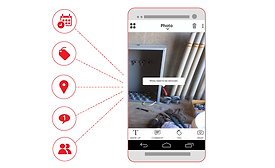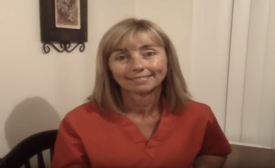Home » Keywords » restoration documentation
Items Tagged with 'restoration documentation'
ARTICLES
Break the Vicious Circle With Insurance Adjusters
Read More
Photo Documentation Plays Critical Role in Restoration Process
A case study on trials, errors, and ultimate success in adoption of photo documentation technology.
Read More
Popular Mobile Job Documentation System Update
Version 4.0 of Legend Brands' Dri-Pan Released
Read More
Tips to Negotiating Claims with Adjusters
The best way to begin negotiating claims with adjusters is to begin at home, with ourselves.
Read More
Get our new eMagazine delivered to your inbox every month.
Stay in the know on the latest disaster restoration and remediation trends.
SUBSCRIBE TODAY!Copyright ©2022. All Rights Reserved BNP Media.
Design, CMS, Hosting & Web Development :: ePublishing















